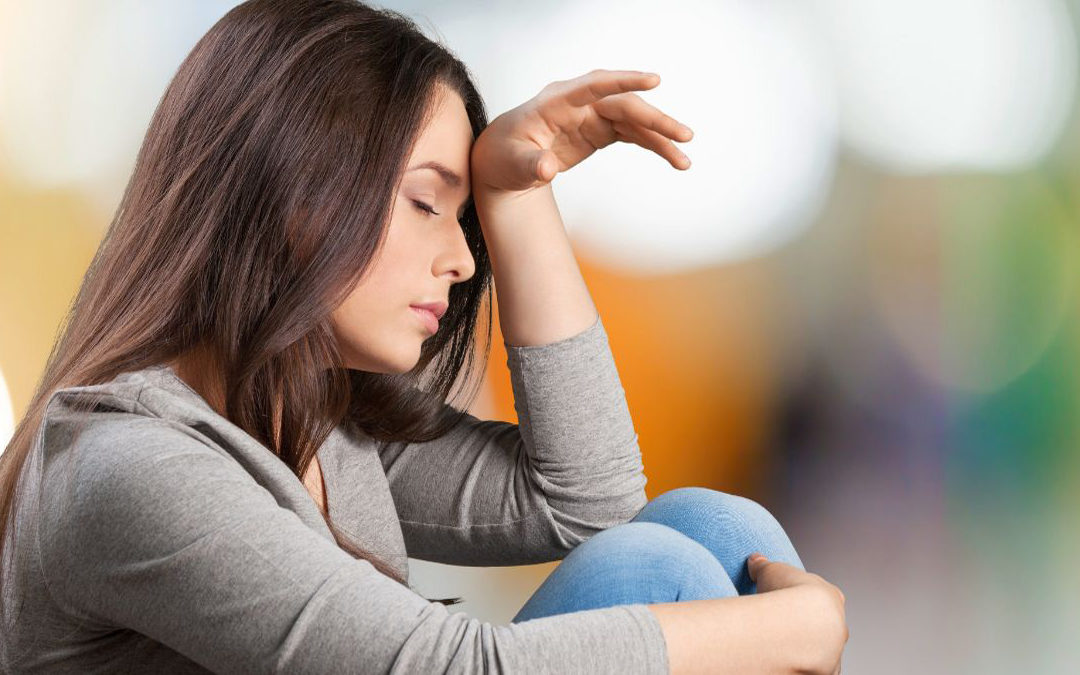Depression is by far the most common emotion associated with chronic back pain. The type of depression that often accompanies chronic pain is referred to as major depression or clinical depression. This type of depression goes beyond what would be considered normal sadness or feeling “down for a few days”.
Major Depression Symptoms
The symptoms of major depression occur daily for at least two weeks and include at least 5 of the following:
- A predominant mood that is depressed, sad, blue, hopeless, low, or irritable, which may include periodic crying spells
- Poor appetite or significant weight loss or increased appetite or weight gain
- Sleep problem of either too much (hypersomnia) or too little (hyposomnia) sleep
- Feeling agitated (restless) or sluggish (low energy or fatigue)
- Loss of interest or pleasure in usual activities
- Decreased sex drive
- Feeling of worthlessness and/or guilt
- Problems with concentration or memory
- Thoughts of death, suicide, or wishing to be dead
Depression is more commonly seen in patients with chronic back pain problems than in patients with pain that is of an acute, short-term nature. How does depression develop in these cases?
- The pain often makes it difficult to sleep, leading to fatigue and irritability during the day.
- Then, during the day, because patients with back pain have difficulty with most movement they often move slowly and carefully, spending most of their time at home away from others. This leads to social isolation and a lack of enjoyable activities.
- Due to the inability to work, there may also be financial difficulties that begin to impact the entire family.
- Beyond the pain itself, there may be gastrointestinal distress caused by anti-inflammatory medication and a general feeling of mental dullness from the pain medications.
- The pain is distracting, leading to memory and concentration difficulties.
- Sexual activity is often the last thing on the person’s mind and this causes more stress in the patient’s relationships.
Understandably, these symptoms accompanying chronic back pain or neck pain may lead to feelings of despair, hopelessness and other symptoms of a major depression or clinical depression.
4 Tips to Help You Cope
For some people, the stress and depression resulting from chronic pain can become consuming, and can even worsen and prolong the pain. Increased pain can, in turn, lead to increased stress and depression, creating a cycle of depression and pain that can be difficult to break.
1. Minimize the chances of developing chronic pain. Talking to a physician about symptoms of depression or stress, or a history of depression, while still in the acute pain phase can alert a physician to the need for consideration of both conditions in creating a treatment plan for the patient’s spine health. An informed physician can suggest a treatment plan early on that treats the patient’s mental state as well as their physical pain, minimizing the chances of the patient developing a chronic pain problem.
2. Identify stress triggers that can increase chronic pain. Patients can monitor how their own stress and anxiety affects their back pain by keeping a diary of when their back pain changes and what kinds of stress could be triggering the pain. This exercise can redirect a patient’s focus from the pain to the elements in their life that affect their pain. Identifying stress triggers or emotional triggers that affect the pain will give the patient the opportunity for better pain relief through avoiding or eliminating these stress triggers.
3. Communicate about depression. Depression and an emotional reaction to chronic pain are normal. Many patients do not speak to their physicians about their depression because they believe that once the initial pain problem is resolved, the depression, anxiety, and stress they are feeling will go away. However, secondary losses from a chronic pain problem, such as changes in the ability to do favorite activities, disrupted family relationships, financial stress, or the loss of a job, can continue to contribute to feelings of hopelessness and depression.
Talking to a physician about feelings of depression will keep the physician better informed and better able to provide appropriate care. Getting simultaneous back pain treatment and depression treatment will give the patient a better chance of a full recovery.
4. Seek multi-disciplinary care for pain and depression. Ask your chiropractor for help if you are suffering from any of the symptoms of depression discussed earlier in this article. Your chiropractor understands that changes in the physical symptoms of pain can also be related to changes in a patient’s mental state. Informing him or her of any signs of depression can create an opportunity for a multi-disciplinary course of treatment. With a team approach, both the pain problem and the depression are monitored simultaneously, and your chiropractor and a mental health professional can communicate about how each area affects the other.
In addition, some common treatments for pain, including opioid pain medication, can actually make depression worse. This worsening depression can then affect the physical presentation of the pain. If both physical and mental well-being are being monitored closely by medical experts, treatment and medication recommendations can be made that take both the physical pain and the emotional health of the patient into account.
Click here to read more about depression and chronic back pain: Spine Health
